looking for an advice for a lemon tree
Benas Lipavičius
5 years ago
Featured Answer
Sort by:Oldest
Comments (15)
Bruce (Vancouver Island)
5 years agolast modified: 5 years agoBenas Lipavičius thanked Bruce (Vancouver Island)Related Discussions
Growing 2 lemon, and 1 Lime tree in CT- any advice?
Comments (8)Here's a tip. Don't be so eager to bring them indoors in the autumn. ("Cold weather coming"?!..., How far north in Connecticut do you live?) They should be good outdoors through October. Do you know when your first frost occurs, approximately? I don't bring my Citrus collection into the house; they go into a frost free garage. When I first started with Citrus I did; the plants would usually get bugs and die (exception being the kumquats and that kumquat hybrid..., the Calamondin) Provide full sun (day long), This time of year I allow them to go slightly dry (being that my are outdoors in full, unobstructed, southern sun, off of a blacktop, large driveway, this means I hose them down every other day in the summer; less so in cooler weather. But you gotta go by the weather. Expecting temps in the mid 90's this week, so in the growing area mine will be into the low 100's so will probably be watering every day this week. I feed mine with CitrusTone. The fruits will be developing this growing season; but many don't seem to take on color until the winter months. Oh, yes, I radically reduce watering in the winter. Yours will be in a house; so you won't be able to keep yours as dry but do reduce watering. Try to keep them as cool as possible when they are in the house. (Though the LIME is somewhat more tropical.) If you have an under-heated room or a frost-free Florida/three season room that would work. Mine are to big and numerous to bring into the house, even my Lime tree has to make it on its own in the garage, and it has through numerous winters. Good luck!...See MoreLemon Tree Dying...? Advice Welcomed!
Comments (15)Hello Barb-- I had planted 3 different varieties of lemon and a Persian lime a few years back. The first season produced distinctive fruits, but evidently the result of their close proximity to each other means that the bees carry the pollen from the male portion of one tree to the female portion of another. All trees now produce green (lime-looking) fruit. As closure, I did receive a response from a local citrus grower here in Florida who said my pictures show a tree that is simply lacking water. This is the first year that the tree has had such an incredible volume of fruit beginning to grow, and as fate would have it, there has been no rain for two weeks. He seems confident that the tree will survive, but that the leaves will fall and I will lose most of the fruit. He advises that I give it a deep watering every other day at this point, and that I prune it back. Thanks to all for your advice and concern....See MoreLemon tree from seeds advice
Comments (7)Replace when you pot up to the next size pot. It may be every year or less often depending on the tree and growth conditions or when you notice that the plant does not need to n=be watered as often. Check to see if it needs watering by pushing a thin dowel down to the bottom of the pot, withdraw it and see if there are soil particles sticking to it. If there are, then tree does not need water. Often the top few inches may be dry but the soil below may be moist....See MoreSeeking advice on my lemon tree
Comments (2)No, no, and no. I'm interested to see what some of the more experienced container growing members here have to say but to my eye, that sucker looks well above the graft line, seen in your last picture just above bark level. If you want more of a trunked tree verses a bush, then prune it off but if you don't mind having a bushy lemon tree, it's just more branching structure. If the leaves are healthy, they are contributing photosynthesis. Keep em. And finally, that pot looks plenty big....See MoreBenas Lipavičius
5 years agoponcirusguy6b452xx
5 years agolast modified: 5 years agomyermike_1micha
5 years agoJames Cameron
5 years agoBenas Lipavičius
5 years agoponcirusguy6b452xx
5 years agotapla (mid-Michigan, USDA z5b-6a)
5 years agolast modified: 5 years agoponcirusguy6b452xx
5 years agolast modified: 5 years agotapla (mid-Michigan, USDA z5b-6a)
5 years agolast modified: 5 years agomyermike_1micha
5 years agotapla (mid-Michigan, USDA z5b-6a)
5 years ago
Related Stories
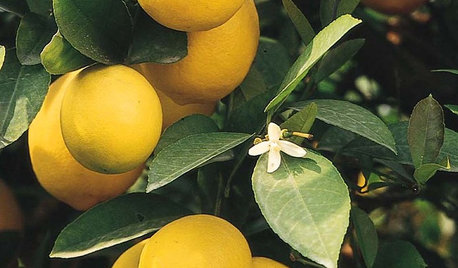
EDIBLE GARDENSThere’s a Lot to Love About a Meyer Lemon Tree
See how to grow this sweet fruit tree
Full Story
GARDENING GUIDESHow to Keep Your Citrus Trees Well Fed and Healthy
Ripe for some citrus fertilizer know-how? This mini guide will help your lemon, orange and grapefruit trees flourish
Full Story
DECORATING GUIDESDecorating Advice to Steal From Your Suit
Create a look of confidence that’s tailor made to fit your style by following these 7 key tips
Full Story
LIFEYou Said It: ‘They Looked at Me Like I Had 10 Heads’
Design advice, inspiration and observations that struck a chord
Full Story
HOLIDAYSHow to Care for Your Christmas Tree
Keep your tree looking lush until the last ornament is packed away with these tips for watering, using stands and more
Full Story
ARBOR DAY8 Reasons to Plant a Great Tree
Beauty is its own reward, but the benefits of planting the right tree in the right place go way beyond looks
Full Story
TREESHow to Buy Healthy Trees and Shrubs
A healthy young plant with a strong form is more likely to do well in your yard. Here’s what to look for at the nursery
Full Story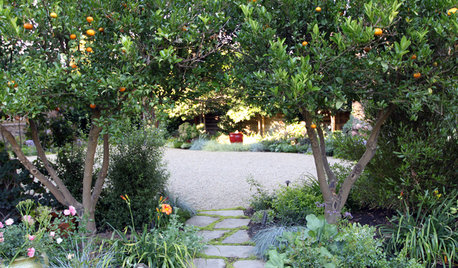
GARDENING GUIDESHow You Can Rejuvenate Your Citrus Trees This Winter
Give citrus trees a fresh start with these simple tips, and enjoy their abundant fruit and beauty
Full Story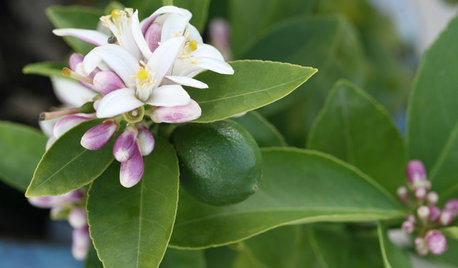
GARDENING GUIDESA Versatile Lime Tree Is a Happy Addition to a Warm-Winter Garden
What can you do with a lime tree? Quite a lot, as it happens
Full Story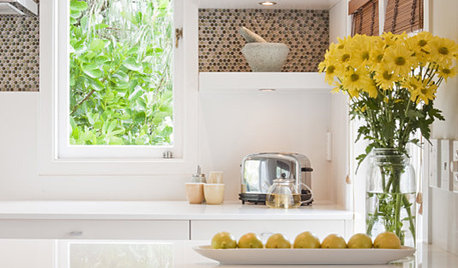
DECORATING GUIDESHave Lemons? Make a Decorative Statement
Add a splash of citrus for some midwinter color therapy
Full Story


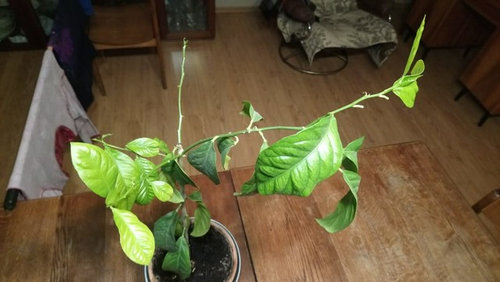

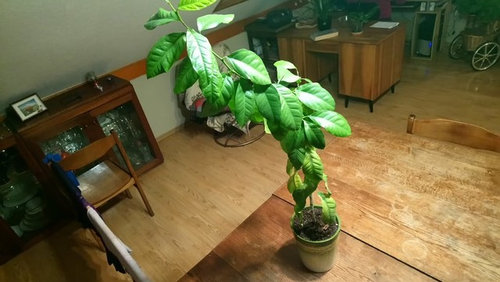

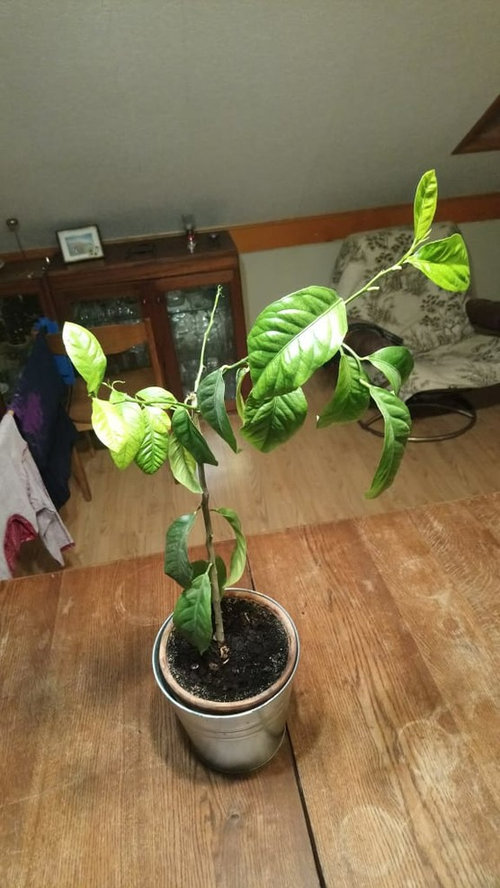


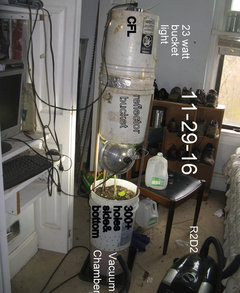

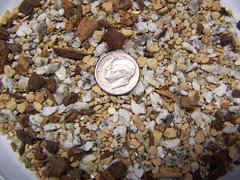

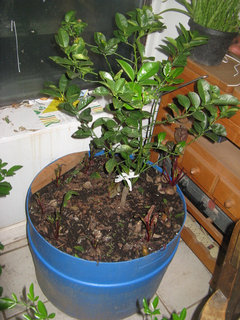


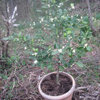
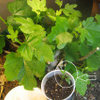
tapla (mid-Michigan, USDA z5b-6a)